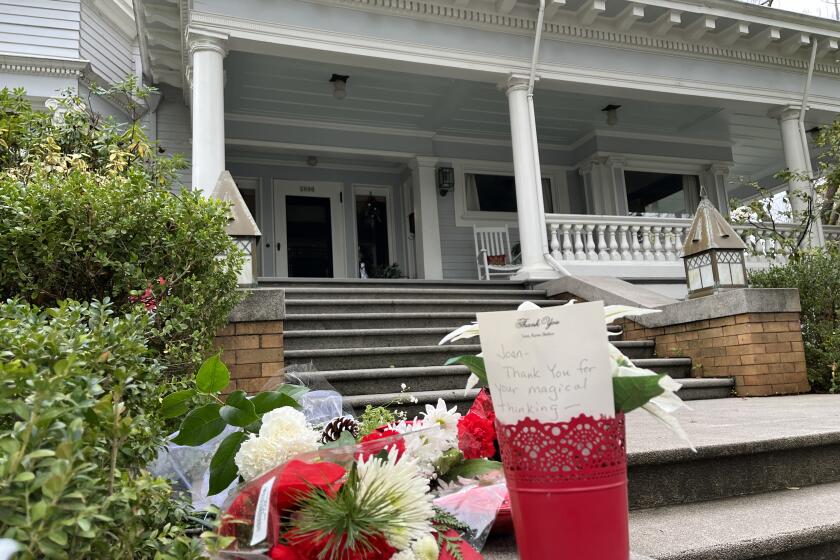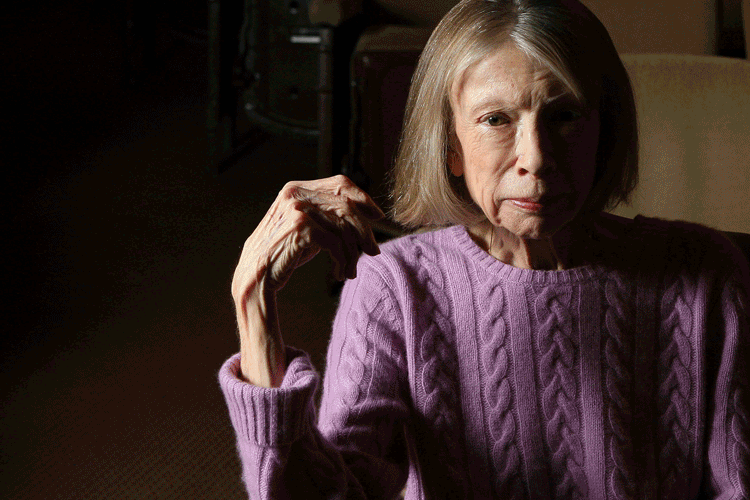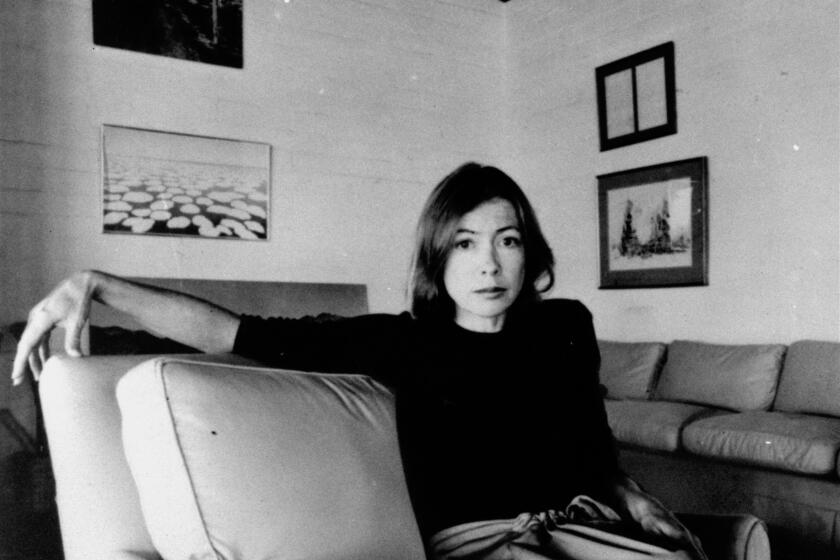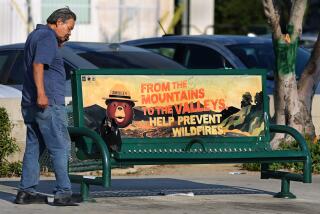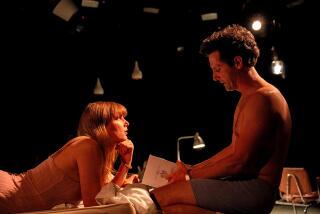Column: Didion was unequaled at capturing California’s soul, its people and geography
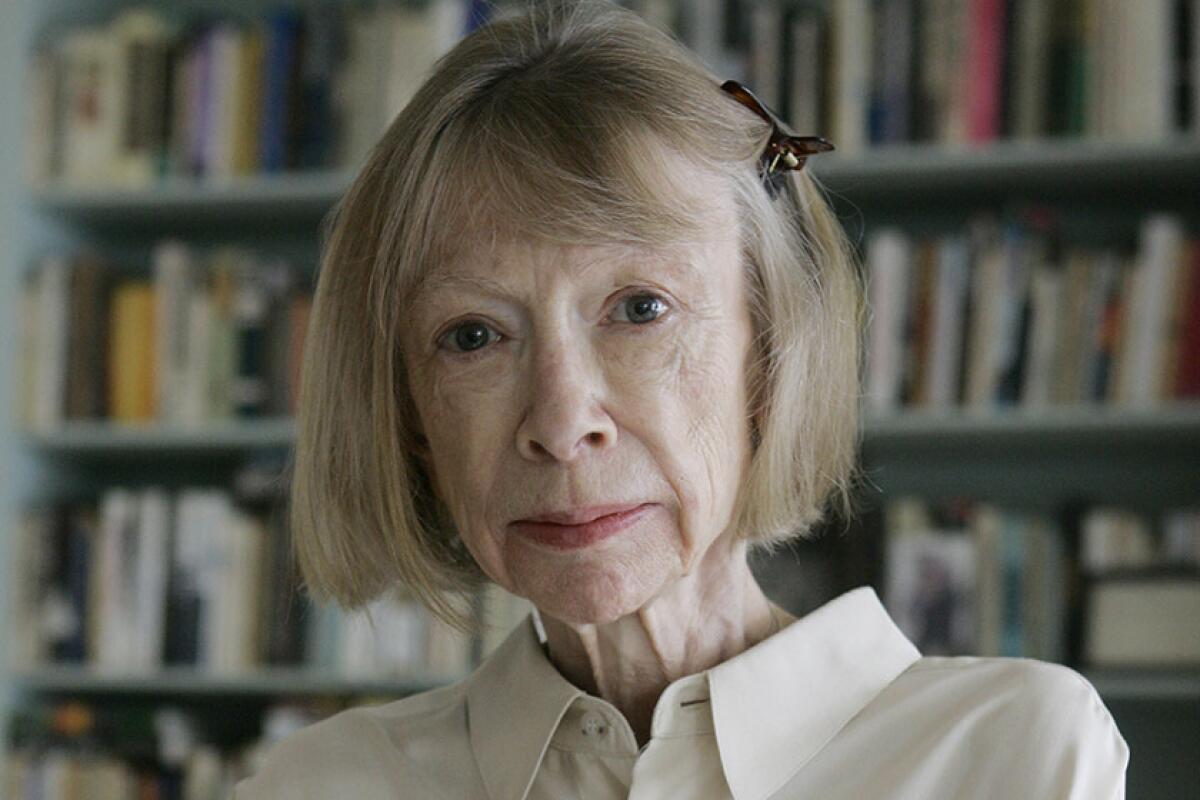
SACRAMENTO — Gov. Gavin Newsom believes Joan Didion was “easily the best living writer in California.”
“She was peerless in her capacity to write about life, loss, love and society,” the native son governor opined in a prepared statement after Didion, 87, died Thursday of complications from Parkinson’s disease.
“Her ability to put the tapestry of California and times into words made her a treasure for her generation and generations to come.”
I never thought of Newsom as a literary critic, and I’m certainly not. But on this subject, we’re in total agreement.
What Didion seemed to possess that many other writers did not was a — to borrow one of her book titles — “Play It as It Lays” honesty. She appeared to not let a personal agenda get in the way of straight-shooter writing.
One example: How many journalists or nonfiction writers would pen this about their mother, to whom she remained close throughout their lives:
“When John Kennedy was assassinated. she insisted that Lee Harvey Oswald had ‘every right’ to assassinate him, that Jack Ruby in turn had ‘every right’ to kill Lee Harvey Oswald, and that any breakdown of natural order in the event had been on the part of the Dallas police, who had failed to exercise their own right, which was ‘to shoot Ruby on the spot.’”
That was from her 2003 book, “Where I Was From.”
On Thursday, Didion was quietly honored by some in her hometown, even though she left Sacramento long ago and long clung to her early memories.
No, her mom was not mentally deranged. She was just completely candid about her thinking, a trait passed on to her daughter.
Didion wanted to get it right and she was also very competitive.
I had a long conversation with her in Harlem while covering Jerry Brown’s third quest for the presidency in 1992. I was trying to pump her for any thoughts on Brown. But she was tight-lipped — while soaking in my every utterance about the guy. I later learned he was staying at her Manhattan home.
Didion was unequaled at capturing California’s soul, its people and geography.
For instance, when Santa Ana winds would begin to stir in Southern California: “The baby frets. The maid sulks” — and quoting author Raymond Chandler — “Meek little wives feel the edge of the carving knife and study their husbands’ necks. Anything can happen.”
Of all her writings, my favorite is a chapter titled “Notes from a Native Daughter” in Didion’s early book, “Slouching Towards Bethlehem.”
Didion bridged the world of Hollywood, journalism and literature in a career that arced most brilliantly in the realms of social criticism and memoir.
She leads off with this:
“It is very easy to sit at the bar in, say, La Scala in Beverly Hills, or Ernie’s in San Francisco, and to share in the pervasive delusion that California is only five hours from New York by air. The truth is that La Scala and Ernie’s are only five hours from New York by air. California is somewhere else.”
Didion continues that she comes from a pioneer California family “that has always been in the Sacramento Valley…. Sacramento is California.”
Sacramento has grown significantly since Didion was born here and attended C.K. McClatchy High School, where two of my daughters also graduated. One, Karen, had the same counselor as Didion.
But much of Didion’s description of her native town and its terrain is still accurate. The land — and there’s still plenty that’s not paved over by sprawl — is pretty much the same, although there are a lot more vineyards today than the beer-making hops of her day.
If you boat, swim or fish in the Sacramento River, hidden behind the levies from urban Sacramento, nothing much has changed in the last century.
“August comes on not like a month, but an affliction,” Didion wrote of the heat. Unlike when she was growing up with ceiling fans and swamp coolers, there’s central air conditioning today. But when you step outside, August is still an affliction.
Didion wrote about drownings in the Sacramento and American rivers:
“Incautious children died every day in those rivers. We read about it in the paper, how they had miscalculated a current or stepped into a hole…. How the Berry Brothers had been called in from Yolo County to drag the river but how the bodies remained unrecovered.
“‘They were from away,’ my grandmother would extrapolate from the newspaper stories. ‘Their parents had no business letting them in the river. They were visitors from Omaha.’ It was not a bad lesson, although … children we knew died in the rivers, too.”
And in winter there were the floods. Oroville and Folsom dams did not exist in Didion’s youth, but the flood threat is still scary today.
Joan Didion continues to resonate in California, even with a generation nothing like her.
“I think of the rivers rising, of listening to the radio to hear at what height they would crest and wondering if and when and where the levees would go…. The bypasses would be full and men would sandbag all night,” she wrote.
“Sometimes a levee would go in the night, somewhere upriver. In the morning, the rumor would spread that the Army Engineers had dynamited it to relieve the pressure on the city.”
A lesser-populated area would be flooded to save Sacramento. That continues to be the insiders’ rumor today whenever there’s a flood threat.
Didion recalled a “dismal experience” of being taken to the Capitol “to see the Legislature ‘in action’” on St. Patrick’s Day. “A handful of florid assemblymen, wearing green hats, were reading Pat-and-Mike jokes into the record. I still think of the legislators that way.”
My three daughters placed flowers Thursday on the porch of the handsome midtown house with a wraparound porch where Didion lived as a teen.
“She needed some folks in Sacramento to honor her,” Karen said. “She meant a lot to Sacramento.”
When Didion was inducted into the California Hall of Fame in 2014 — a Gov. Jerry Brown selection — she said: “I wrote about California because I wanted to remember it — to preserve California moments, its rivers, valleys, highways, the way water runs in its creeks.”
Thankfully, she helped preserve it for future generations too.
More to Read
Sign up for Essential California
The most important California stories and recommendations in your inbox every morning.
You may occasionally receive promotional content from the Los Angeles Times.
